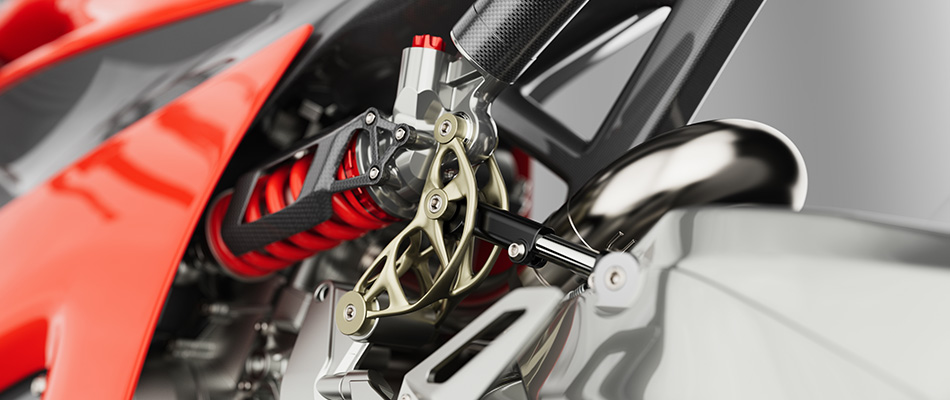
Metal Binder Jetting

Often used for creating complex, high-precision metal or ceramic parts for tooling, binder jetting (BJT) selectively deposits a liquid binding agent over selected areas of a powder bed. The part is created layer by layer where the binder bonds the powder particles rather than by fusion. The printed “green body” part is then post-processed and consolidated by infiltration and sintering.
With Inspire Print3D, it’s easy to define the print part, oven, orientation, and setters for a metal BJT simulation, then perform a shrinkage and compensation analysis.
Key Features
Check Stability
Perform a quick preliminary analysis of the part’s stability as it rests on the oven base.
Part Lifting
Calculate the deformations and stresses related to the part’s surfaces when in contact with the oven base.
Grain Size
Shows the final material grain size after a sintering analysis.
Warning for Part Toppling
Warns users if the part is likely to topple during the sintering process.
Crack Prediction
Predicts occurrences of interlaminar/intralaminar cracks and layer orientation.
Predict Sintering Effects
Predict and quantify post-sintering deformations and compare the deviation from the original CAD shape for better decisions regarding setters, orientation, and process conditions.
